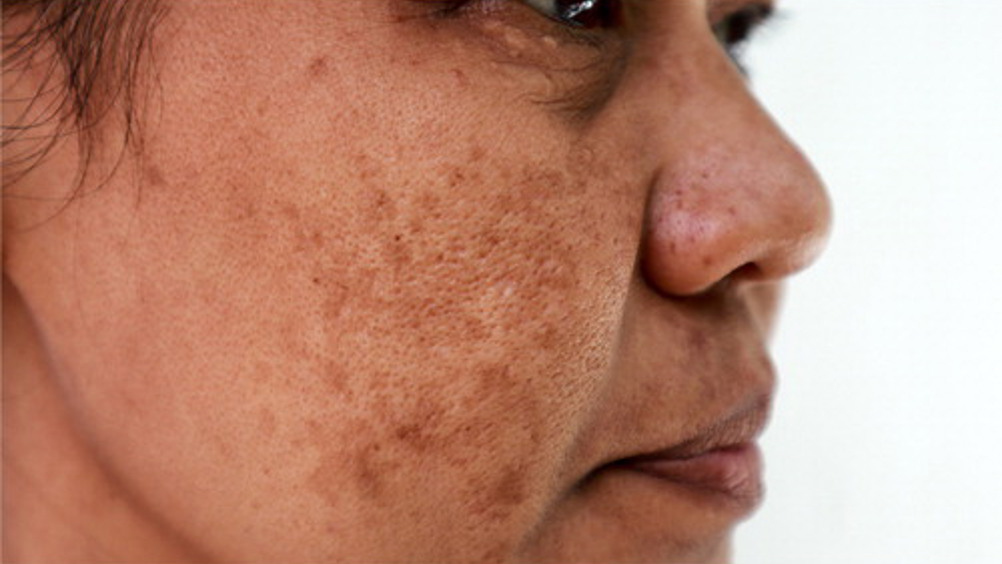References
Facial pigmentation and melasma reduction using a hydroquinone- and tretinoin-based skin transformation system

Abstract
Many patients present to clinics with hyperpigmentation and melasma, and a hydroquinone/tretinoin-based skin system can be an effective treatment. The author presents two case studies in this article: one is related to a 50-year-old patient with melasma on her cheeks and the other, to a 40-year-old patient who presented with pigmentation. Both patients had these conditions for many years and had used numerous products in the past with no success. The melasma and pigmentation had a huge impact on their daily life, and, after thorough consultations, they used the Obagi Nu Derm Transformation System® with tretinoin. This article will describe a hydroquinone- and tretinoin-based system and some of the results achieved.
 Dr Manav Bawa
Dr Manav Bawa
Many patients present with facial skin pigmentation in clinics. The impact of pigmentation and melasma can be extremely significant, causing distress and low self-esteem. There are numerous ways to treat skin conditions, including pigmentation and melasma, and one of the first and most important parts of the patient journey is to perform a thorough consultation. This is a way to obtain all relevant information about the patient, the impact that their concerns has on them (including the psychological implications) and the physical signs that are present.
Spending time discussing the patient's concerns and setting realistic expectations is encouraged, as it is important for them to understand the pathology and pathophysiology of their concern. Once understood, most patients will be able to gauge the reasons why certain treatments will be more beneficial than others.
In this article, the author will discuss hyperpigmentation, treatments and the Obagi Nu Derm Transformation System (ONDS), with results from two patients.
Register now to continue reading
Thank you for visiting Journal of Aesthetic Nurses and reading some of our peer-reviewed resources for aesthetic nurses. To read more, please register today. You’ll enjoy the following great benefits:
What's included
-
Limited access to clinical or professional articles
-
New content and clinical newsletter updates each month


